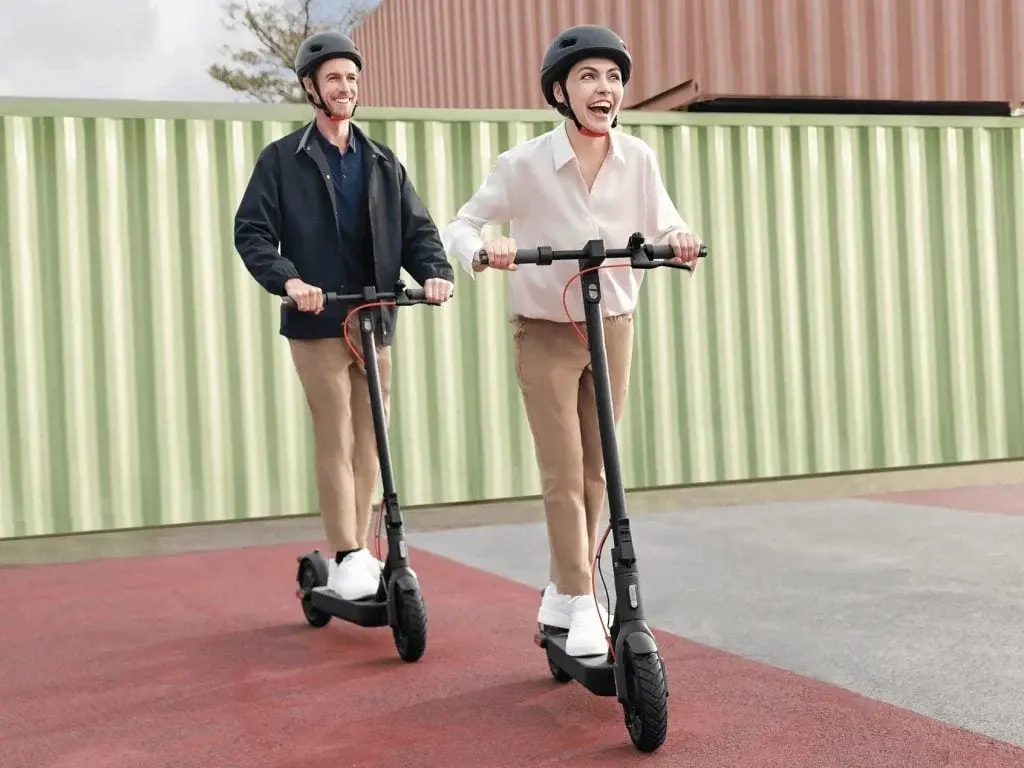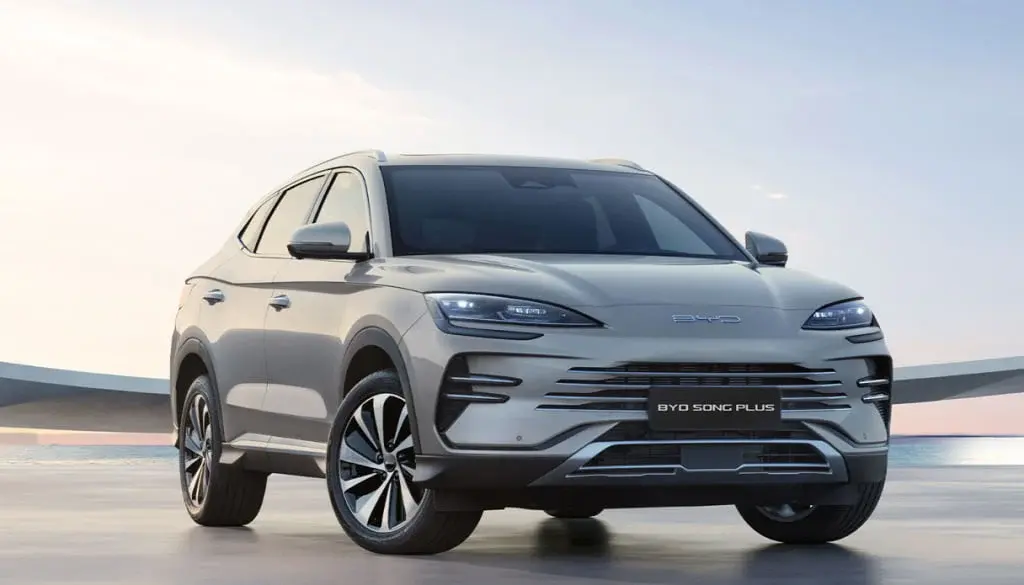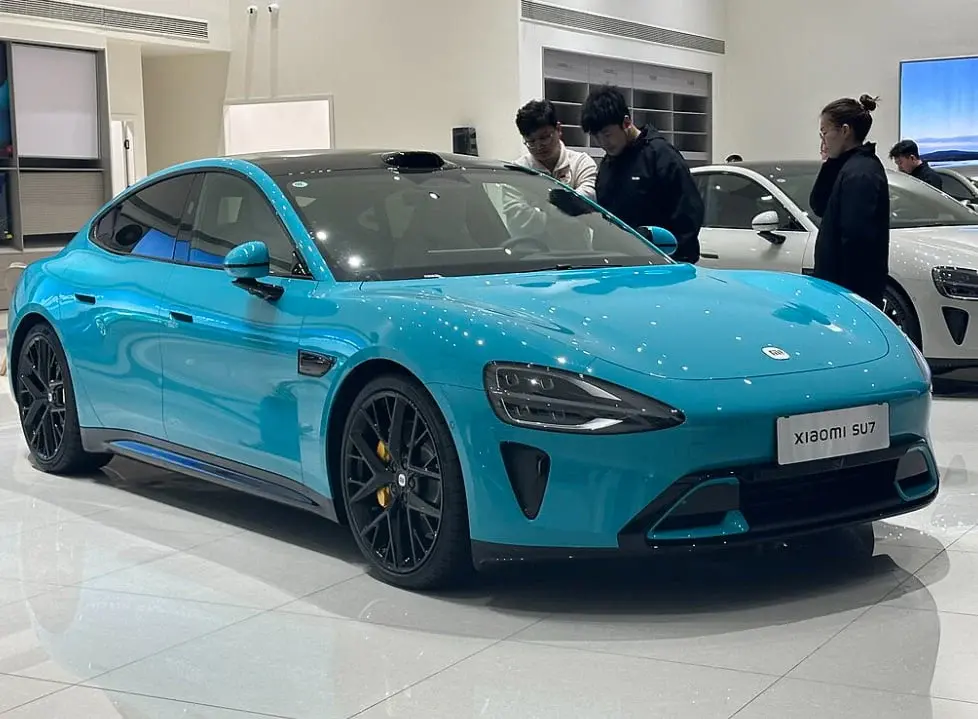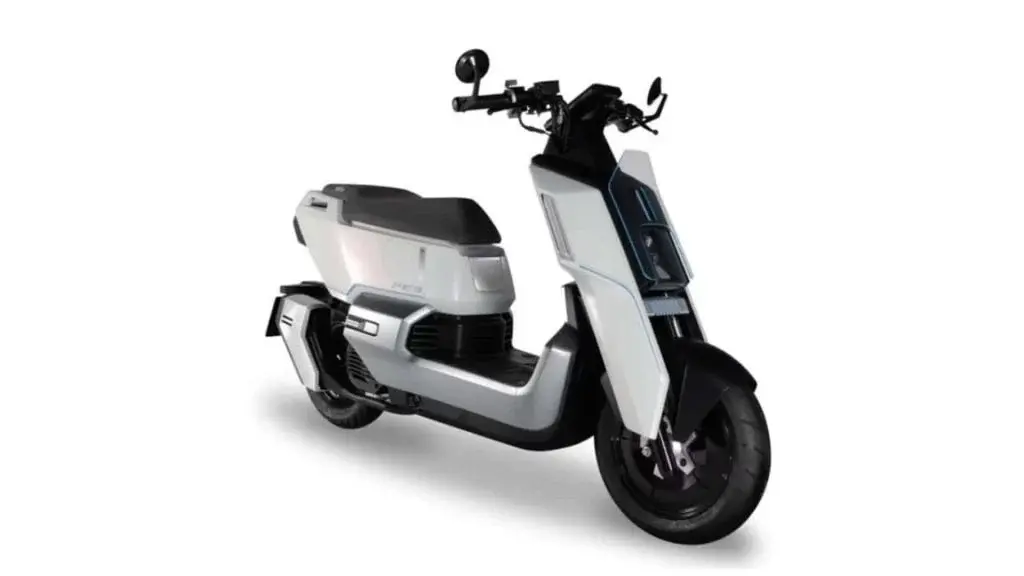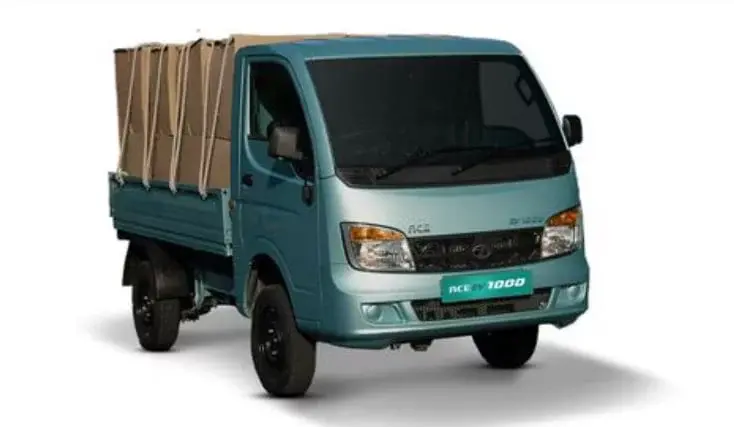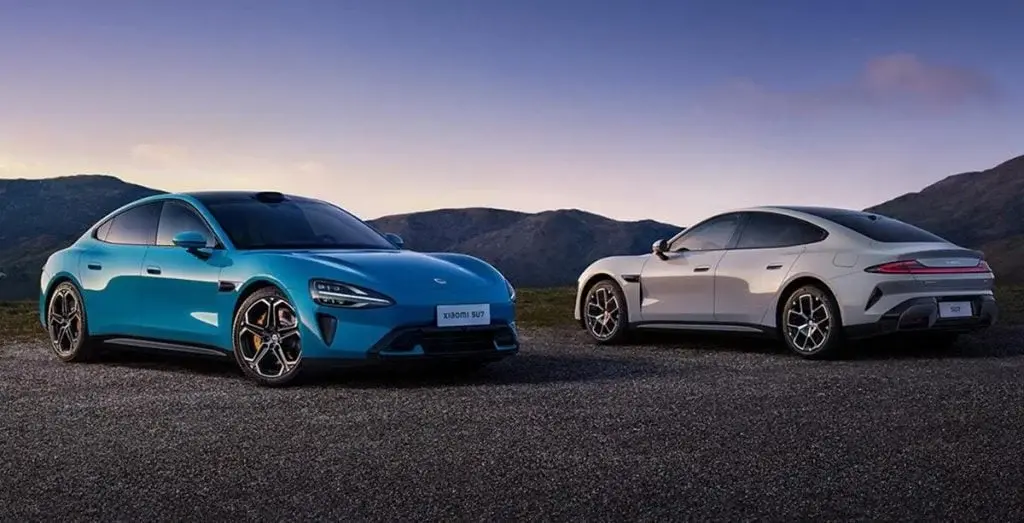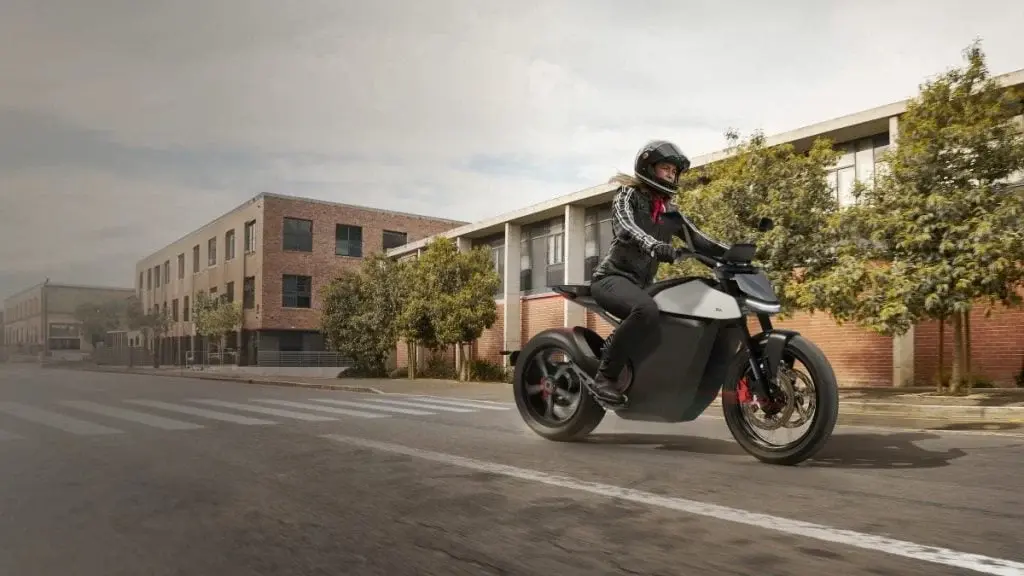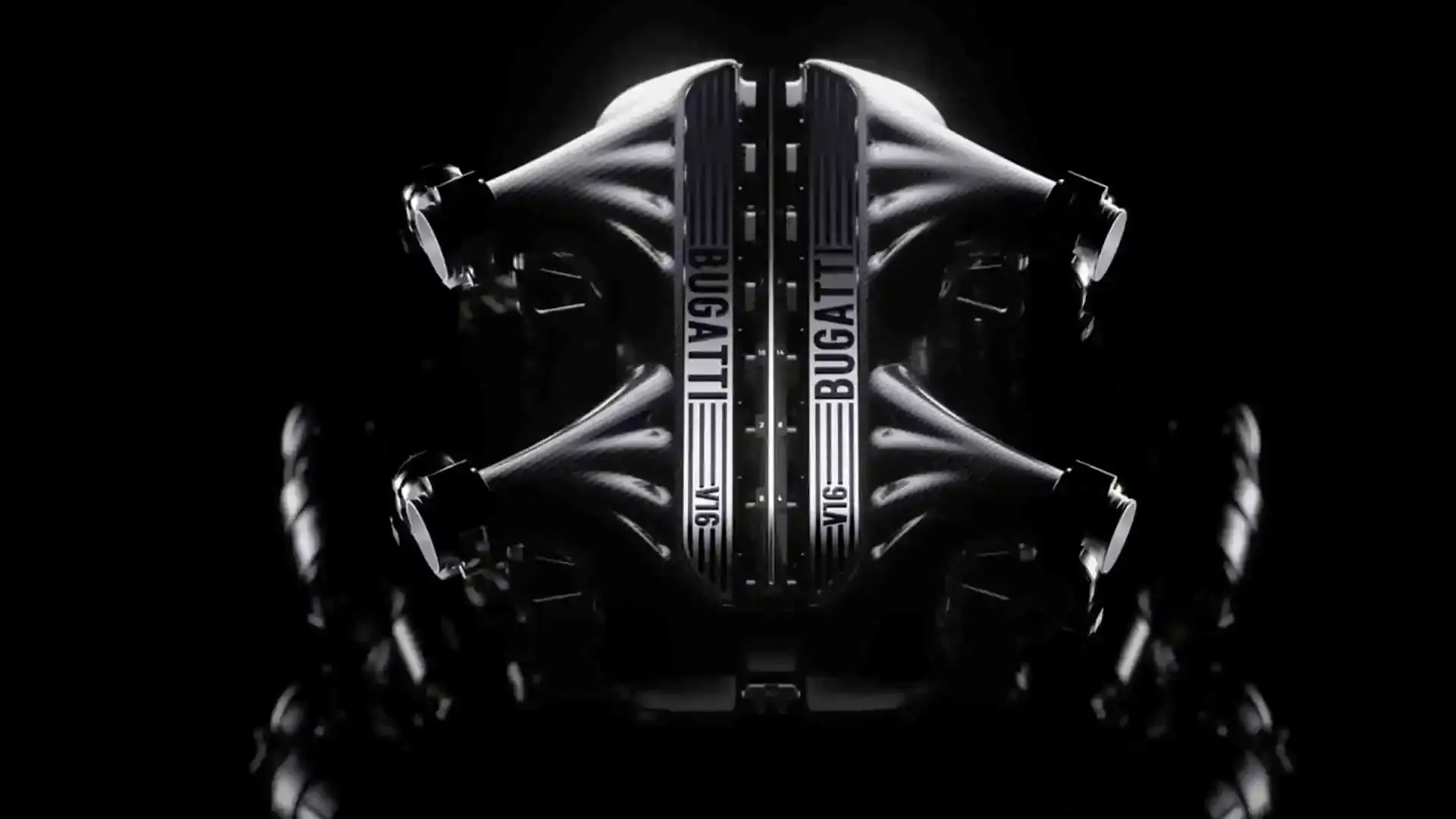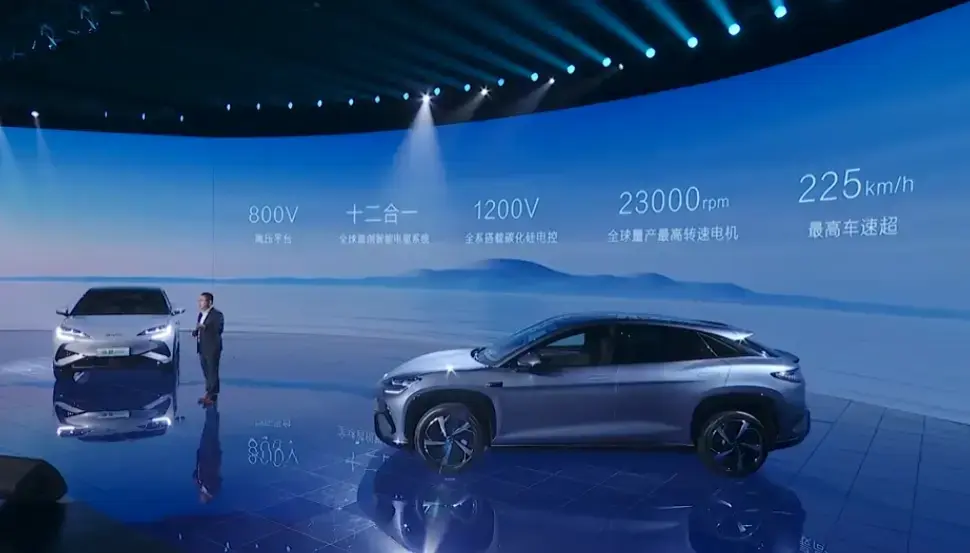Indian electric two-wheeler manufacturer, Ola Electric, has initiated the delivery of the Ola S1 X e-scooter in India. As the brand’s most economical electric scooter, the Ola S1 X poses significant competition to traditional gasoline-powered scooters in the country.
Key Features and Battery Options
The Ola S1 X stands out as the only Ola Electric e-scooter equipped with a physical key. It comes in three battery variants: 2kWh, 3kWh, and 4kWh. All three models are currently available at reduced prices due to recent cuts implemented by Ola. This price adjustment positions the Ola S1 X e-scooters as the most budget-friendly electric scooters in India.
Performance and Specifications
The 2kWh battery pack version of the S1 X offers a range of 91km and fully charges in 7.4 hours, with a peak power output of 6kW. The 3kWh variant features a range of 151km, a top speed of 90km/h, and accelerates from 0 to 40km/h in 3.3 seconds. The 4kWh version claims a range of 190km, maintaining the same performance specifications as the 3kWh version.
Riding Experience
The Ola S1 X e-scooter can accelerate to 40km/h in 4.1 seconds, showcasing commendable acceleration capabilities. It has a top speed of 85km/h and offers three riding modes: Eco, Normal, and Sports. Instead of a touchscreen instrument cluster, the S1 X is equipped with a 3.5-inch LCD screen.
Pricing
The Ola Electric S1 X e-scooter is priced in India at Rs. 69,999 ($838) for the 2kWh version, Rs. 84,999 ($1,017) for the 3kWh version, and Rs. 99,999 ($1,197) for the 4kWh version. Ola Electric emphasizes that the S1 X's affordability, accessibility, and ease of ownership make it an appealing option for prospective buyers in India. There is no information yet regarding the global availability of the Ola S1 X e-scooter.


